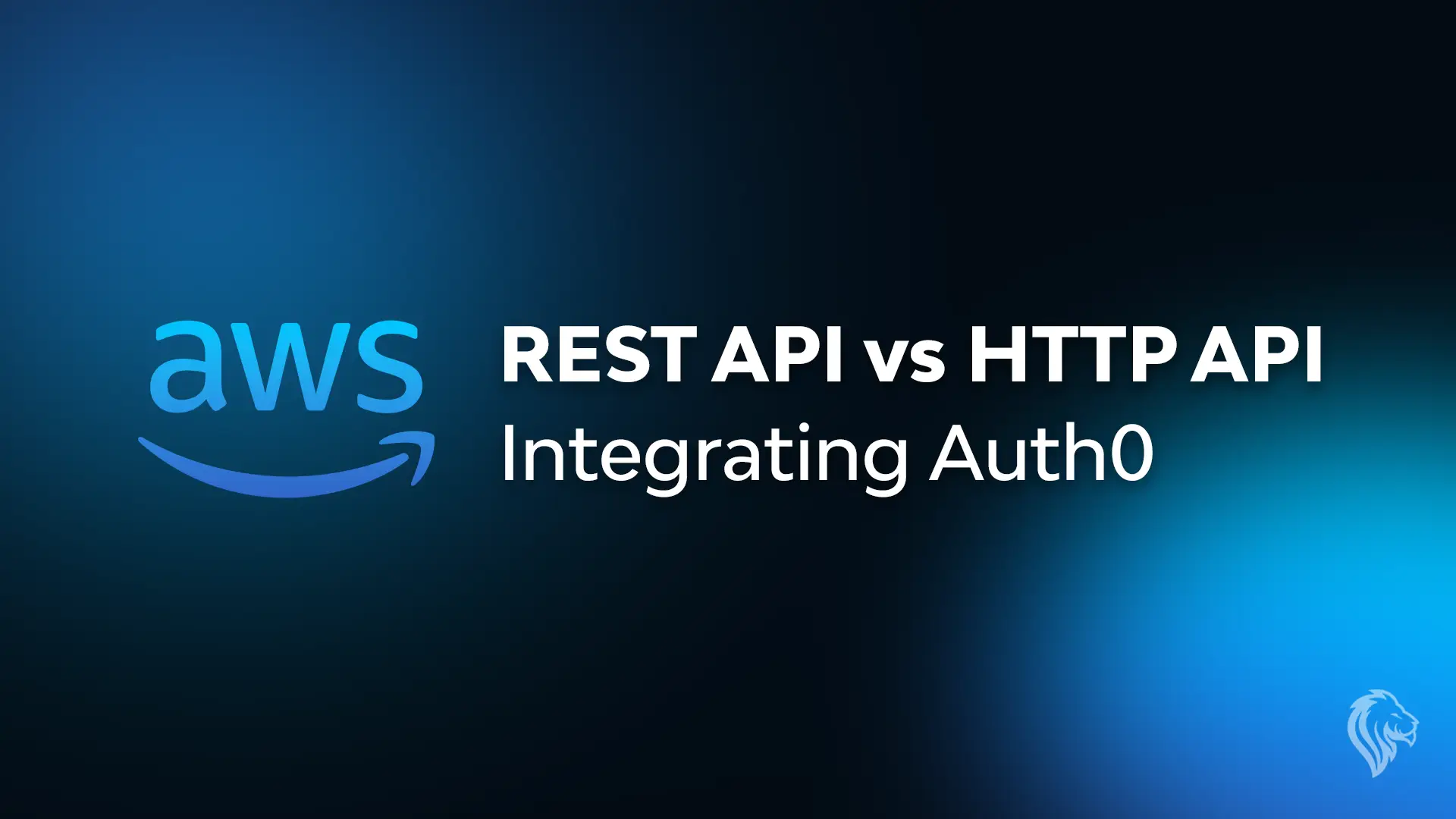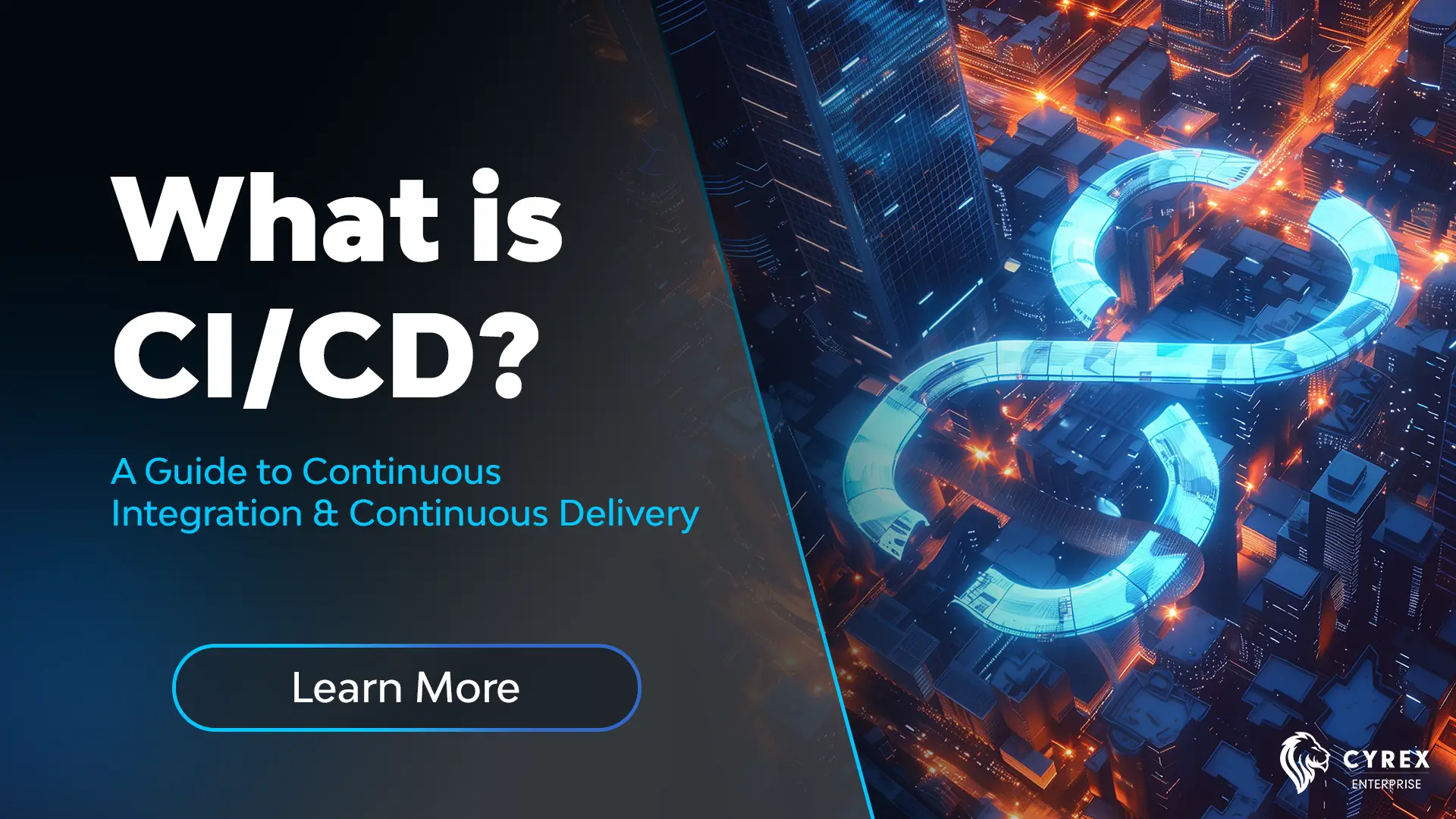Our approach to security and software development is always one of a safer, more stable, and efficient digital world. The Cyrex team understands the importance of efficiency, performant code, and smooth operational progression. Continuous Integration (CI) and Continuous Delivery/Deployment (CD) are absolutely integral components of almost any modern software development methodology.
We’re going to take a look at what CI and CD are, why it’s used, and any potential challenges that might arise in its use.
What is Continuous Integration or CI?
Continuous Integration or CI is a practice which involves developers merging their code changes frequently. This requires a shared, group repository where all the code lives. Everything is peer-review by other developers, change requests are made until everyone is happy with the quality of whatever the changes are. This code is then built and tests are run to ensure code quality is up to standard and to detect any integration issues early in the development cycle.
All code changes are tracked, reversible and more importantly, tagged and owned, so we can later shame people for faulty code and introducing bugs to the codebase.
What is Continuous Delivery and Continuous Development or CD?
Continuous Delivery extends CI by automatically deploying code changes to an established testing or staging area first, where functional or automated testing is done on the actual applications. This allows for early, immediate, and thorough testing of any code changes before they are released to production. Validation and testing are done in a fluid and constantly moving state to match the CI, which can happen through multiple different environments and stages.
The goal is to get a fully validated set of changes that need to be deployed into production, which is the live version of the product, either automatically or at least relying on a significant amount of automation.
In layman terms, this whole process is what allows online products to keep being updated without disruption, which in practice means “Without breaking everything or users noticing it’s being done”. In essence when developers merge their code changes into the shared code repository, after all the checks are done, the old code is swapped with the new one with sleight of hand, and nobody notices it.
In the end, this is what allows for a living and evolving code base, which always means a faster and generally smoother development cycle for any updates or patches. If this smooth transition is not (to some extent) automated nor properly implemented, you have the complete opposite: a risky, slow, no guarantee process to make changes on a live product.
The Benefits of CI/CD
There are several significant benefits to a CI/CD system that is operating smoothly. These include:
Improved Code Quality: With frequent testing and integration, issues can be identified and addressed early on. Overall, this leads to a higher-quality software and code base.
Enhanced Collaboration: By design, this methodology is built entirely on collaboration and trust. When working properly, a CI/CD pipeline promotes and improves collaboration among the team as they frequently merge and test code.
Faster Time-to-Market: In the case of automatic deployment, the time for new features and bug fixes to arrive is cut significantly. In the modern digital world where speed is king, this can be a massive benefit.
Reduced Risk: Automated deployments can help in minimising and reducing risk from human error. Consistency can be upheld in the release process.
Challenges of CI/CD
It’s not all sunshine and rainbows. There’s a reason much of the positives and successful elements are based on the condition of proper operation. Here are a few challenges and considerations for adopting CI/CD into your workflow.
Complexity: Implementing a CI/CD pipeline can be difficult. For any legacy or larger systems, it’s a complex introduction where a thorough and detailed plan is required. Tool selection must be considered as well as they are essential in the smooth operation of this methodology.
Security: The security of a CI/CD pipeline cannot be a secondary concern. It’s crucial that proper access controls, vulnerability scanning, and a strong encryption all be implemented.
Cultural Shift: It can be a significant change for team members in terms of working practices and mindset. This is not an easy change and it is a unique method of working that will have a settling in period.
Infrastructure Requirements: Infrastructure such as reliable build servers and testing environments are required to support the CI/CD methodology.
Is CI/CD Right for You?
CI/CD is a powerful approach to modern software development that, if integrated correctly, allow your team to reap the benefits of speed, quality, and efficiency. It’s important when considering the methodology that your understand its principles and the associated challenges.
Our teams often utilize CI/CD, allowing us to deliver high quality and efficient returns to our clients. If you’re interested in leveraging our software development, penetration testing, or load testing services, we’d love to hear from you.
Related Articles

Launch Your First Secure SaaS API in 5 Days
Looking to launch a secure SaaS API quickly? Our 5-day API lifecycle fast-track helps star...
Read more
Cloud Cost Optimization: Quick Wins to Slash Unnecessary Spending
Discover quick wins for cloud cost optimization! Learn how to cut unnecessary spending, ri...
Read more
AWS – REST API vs HTTP API – Integrating Auth0
Explore the differences between REST API and HTTP API in AWS and how built-in JWT authenti...
Read more
Reflecting on 2024: A Year of Growth, Innovation, and Milestones
Reflect on 2024 with Cyrex Enterprise! Discover our achievements in software development, ...
Read more


